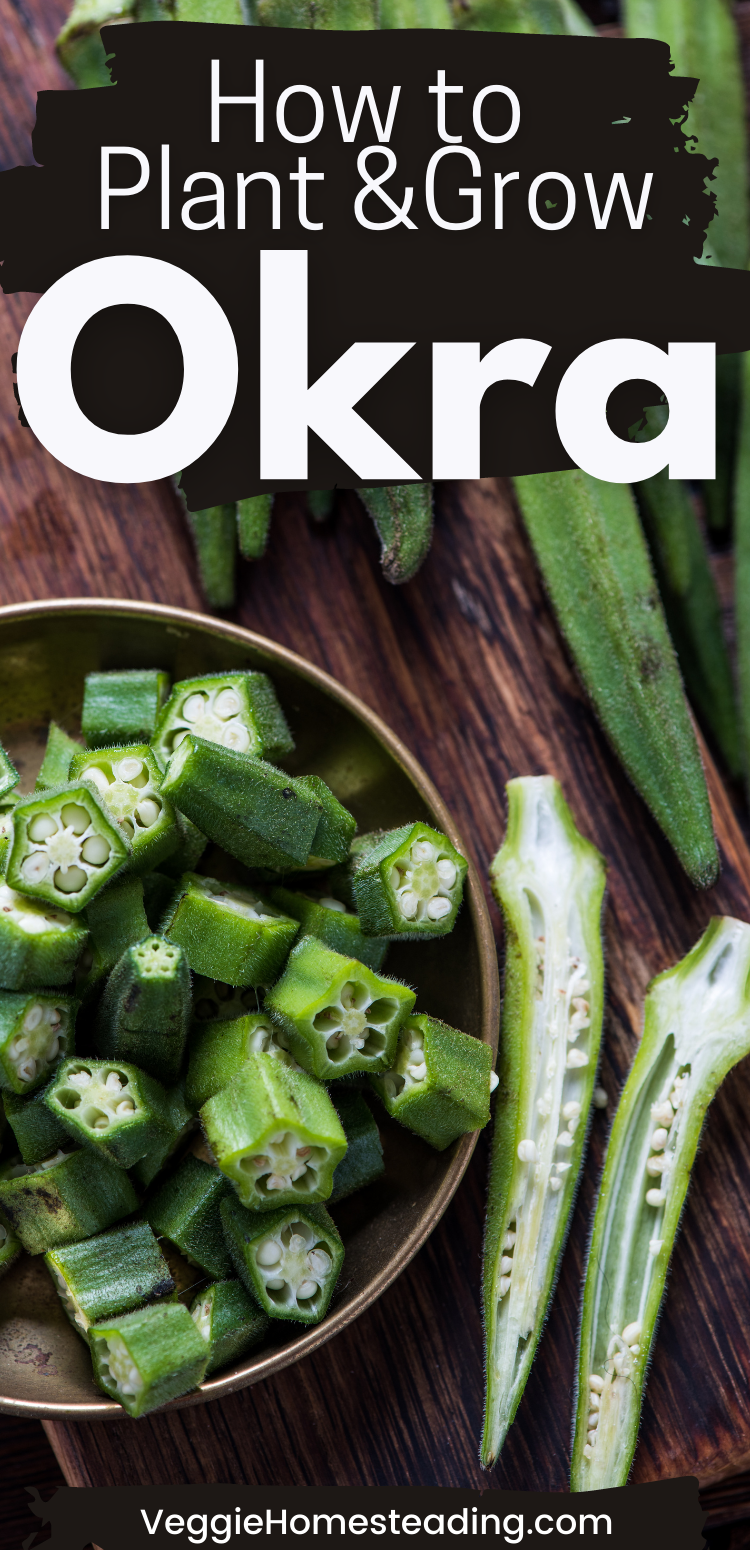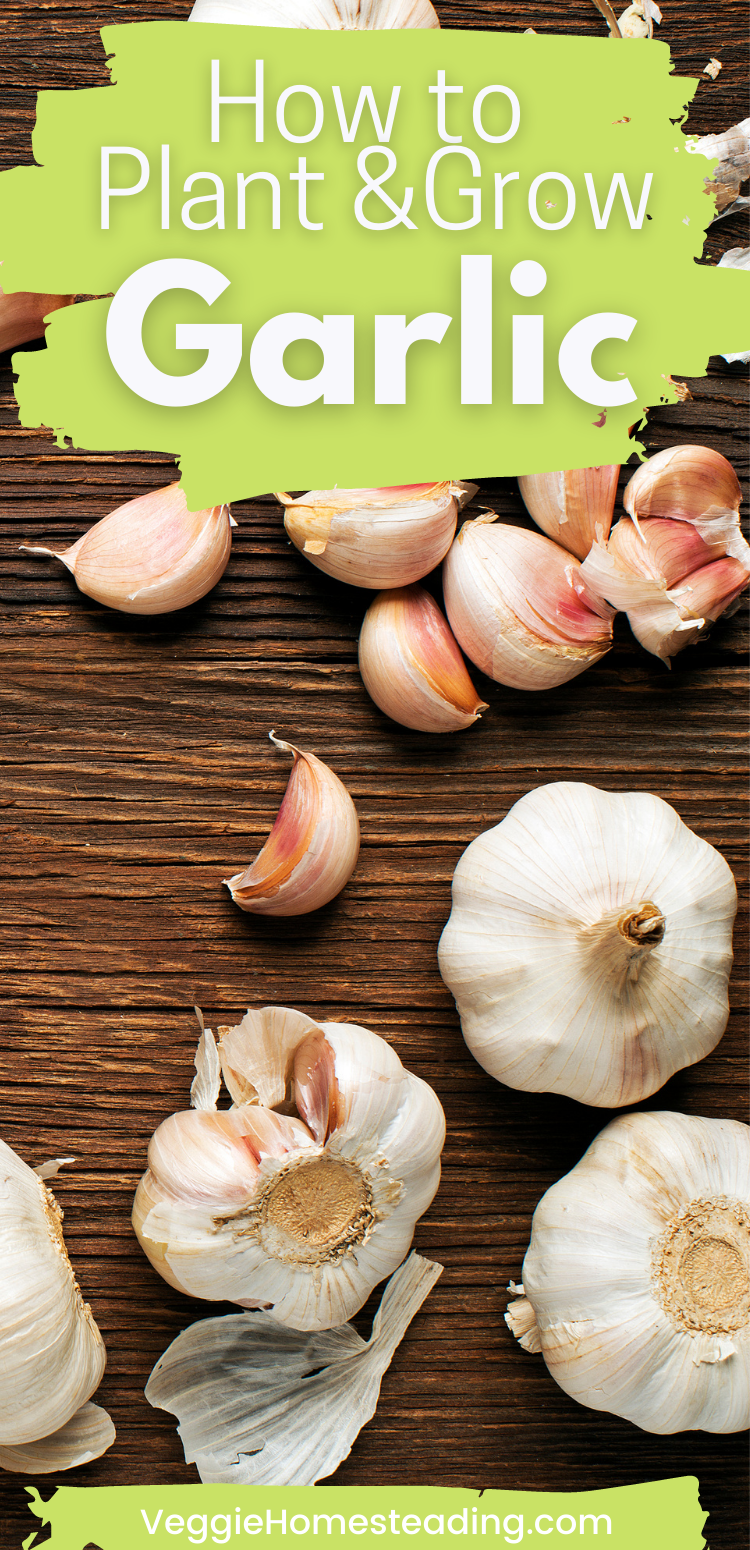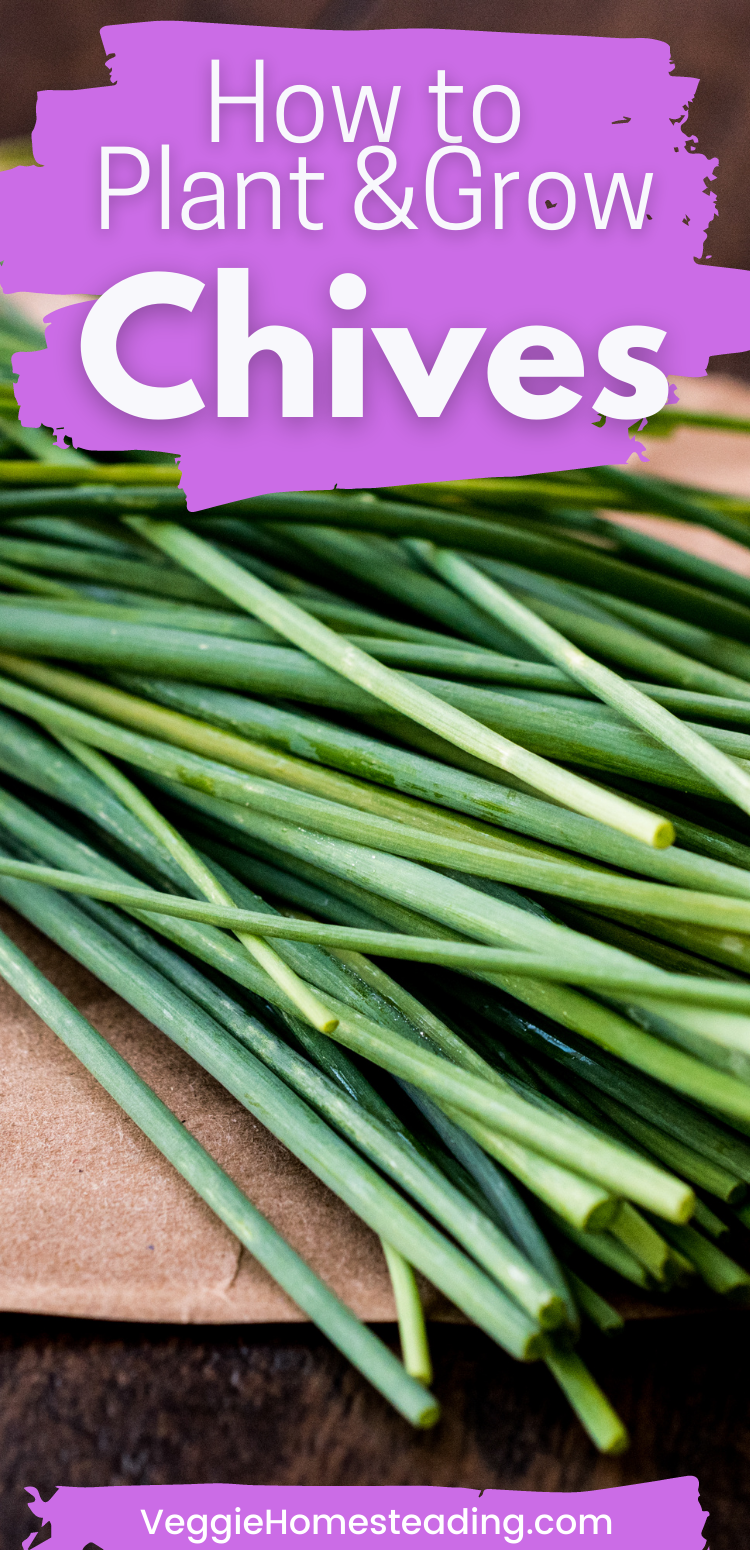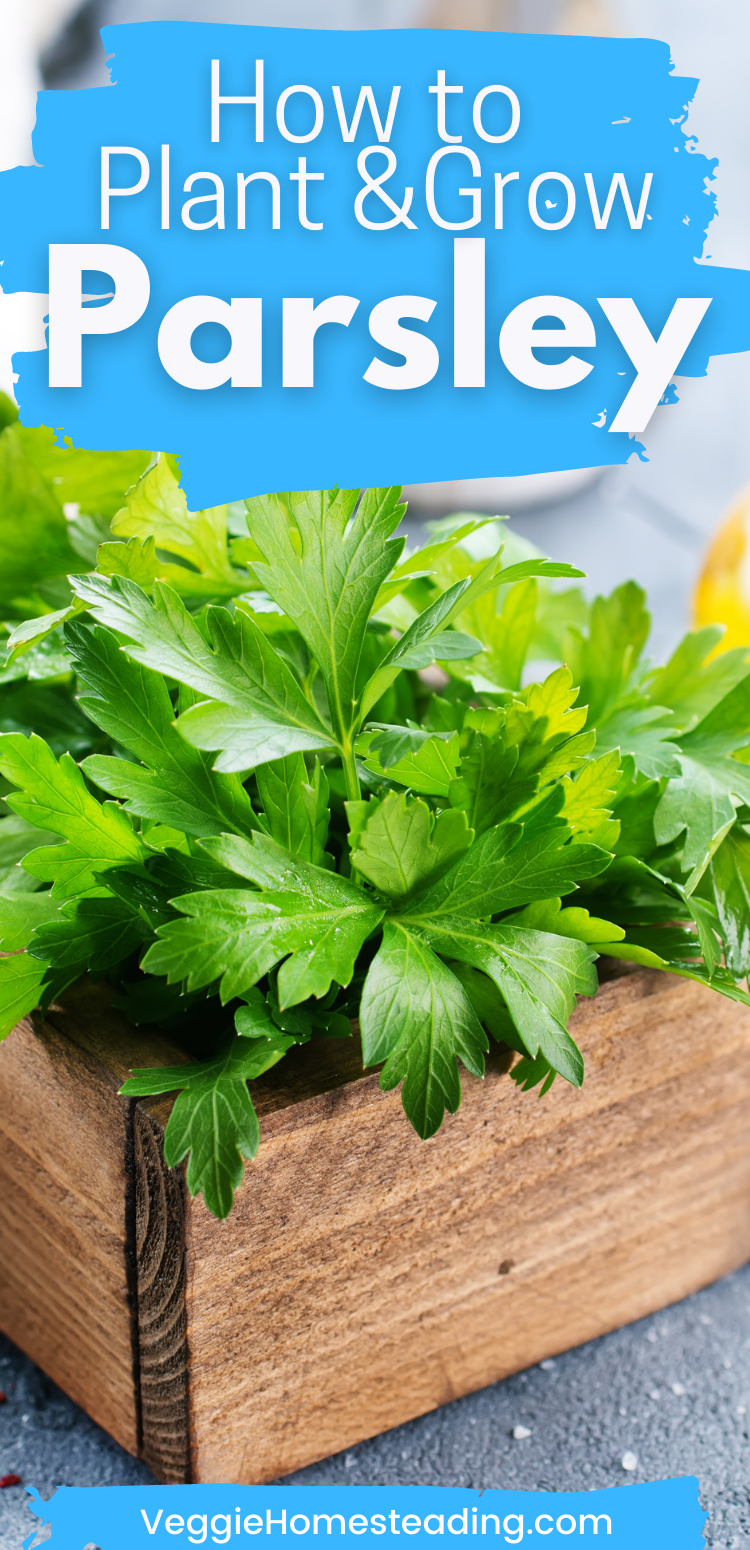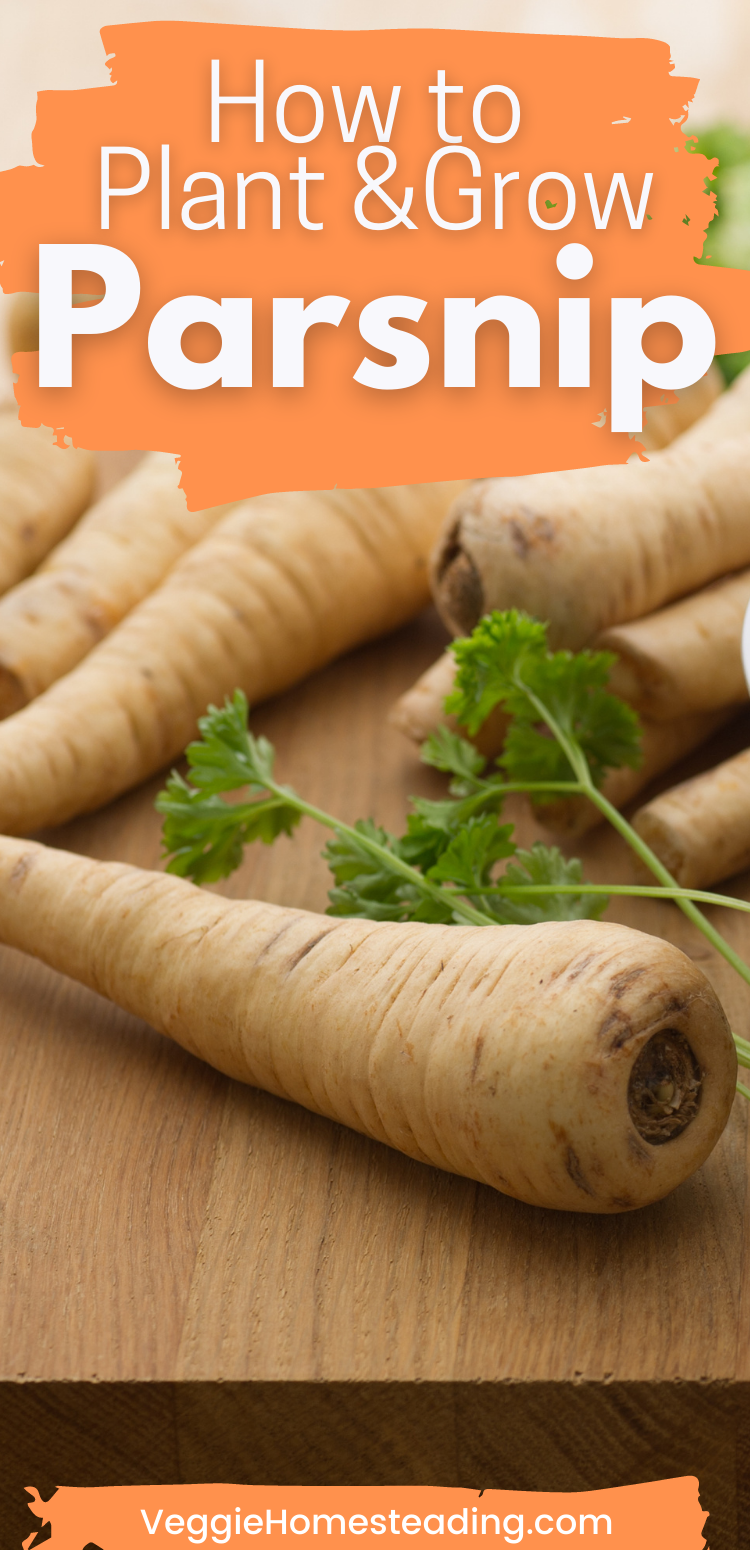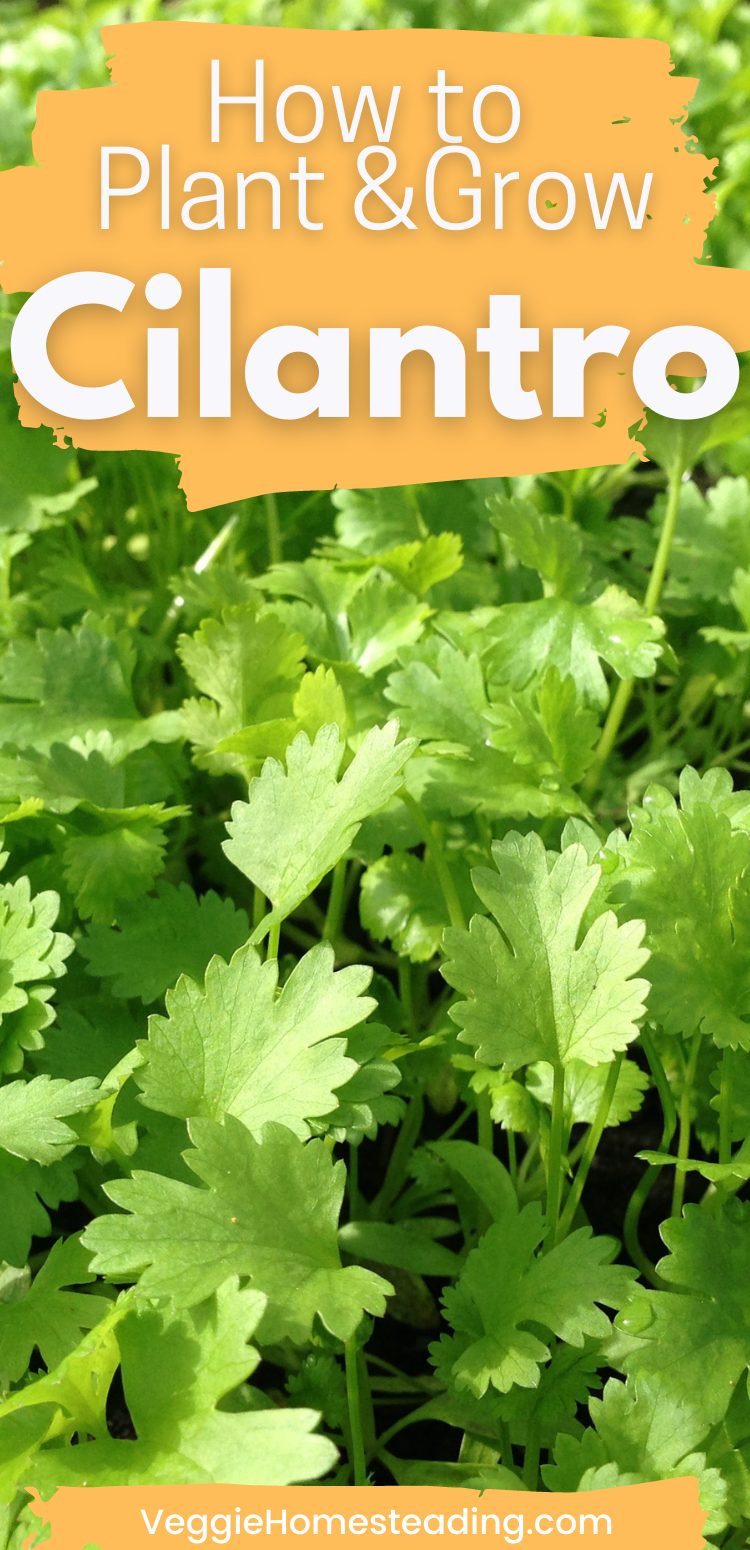How to Plant & Grow the Best Peas
The best facts and tips for growing peas in the garden or greenhouse.
Botanical Information: Pisum sativum
Common Name: Peas
Quick Facts:
-Hardiness Zones: 2-9
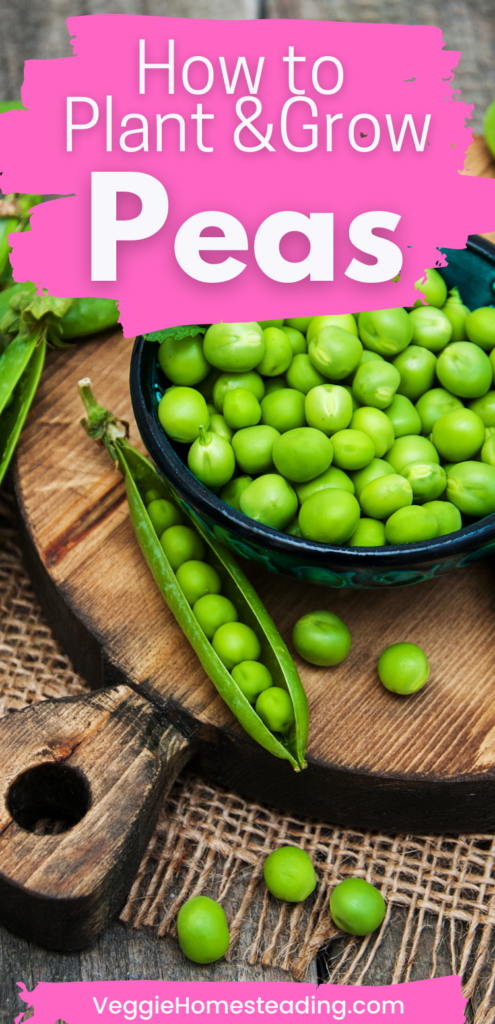
Pea Varieties
English Peas (aka Shelling Peas). These produce inedible pods that hold large, edible peas.
– Wando: Good For Freezing
– Thomas Laxton: Sweeter, higher sugar content
– Progress No. 9: Disease Resistant
Snow Peas are flat pods that are edible, with small peas inside.
– Oregon Sugar Pod II: Grows only 2.5 ft tall
– Mammoth Melting Sugar: Wilt Tolerant, stringless pods
– Snowbird: Resistant To Fusarium Wilt
Snap Peas are tender, edible pods that have full size peas inside.
– Early Snap: Produces peas 10-14 days earlier
– Sugar Ann: Grows 2 ft tall, no support required
– Super Sugar Mel: Produces 4 inch long, very sweet pods
Starting
It is best to plant peas outside. You can essentially plant indoors and transplant, but pea plants are so tender, they do not make the move very easily.
Peas can be planted as soon as the ground thaws, even if there are predictions of snow. More specifically, when the ground reaches at least 45 degrees F, about 4 to 6 weeks before the last frost of spring. If snow does come back, this won’t hurt the peas. Although, multiple days of cold temperatures could prevent the peas from continuing to grow.
Peas will produce the most plants in spring, but can also be planted in late summer. Typically 6 to 8 weeks before fall frost.
Pick a location that will drain well. Peas can easily get seed rot if the soil is too wet. Planting peas in a raised bed, 6 to 8 inches high, can provide extra drainage that they may need.
Adding wood ashes and bone meal to the soil will increase the phosphorus and potassium that peas need.
For improved germination, soak peas overnight in water before planting.
Spacing
Pea seeds should be planted 1 inch deep, deeper if the soil tends to dry out quickly. Seeds should be 2 inches apart. The rows should be 12 -24 inches apart.
If a seed washes up, they can be poked back down into the soil.
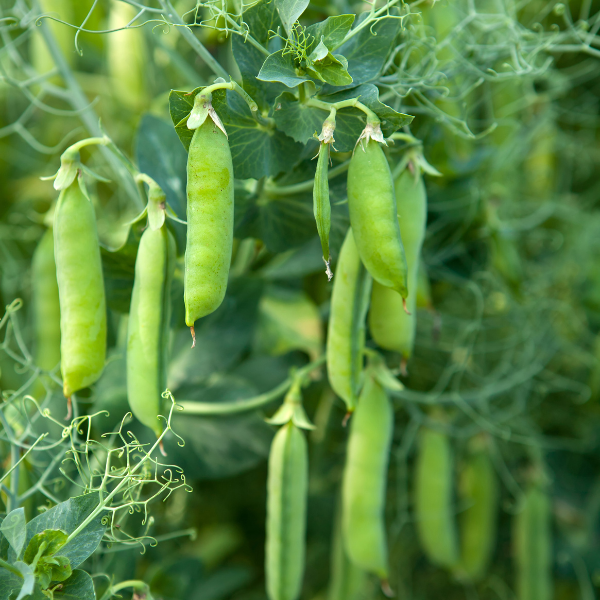
Companions and Enemies
Peas are great companions for other produce, because peas can fix the nitrogen in the soil. This will make the soil more available for other produce.
Peas will leave behind nitrogen, which is excellent for rotating crops.
Companions for peas could be beans, carrots, celery, corn, cucumber, eggplant, parsley, peppers, radish, spinach, strawberries and turnips.
Avoid planting peas near onions and potatoes.
Watering
Water pea plants sparsely, unless the plants are wilting. If the weather is dry, water them more often. The point is to not let the plants dry out but also to not over water. Both will prevent peas from fruiting.
Light & Temperature
Peas prefer a full sunny location. They can produce fruit in part shade, but the harvest will not be as sweet or productive.
Peas will grow the best when temperatures are between 60 and 75 degrees.
Maintenance
It is important to keep the garden bed holding peas well weeded. Pea plant roots are shallow, though, so be careful when using weeding tools.
Peas don’t generally require fertilizer, they are very light feeders.
Some pea varieties are vines. Although some say that support is not necessary, peas will be more productive when supported by a fence or trellis. This will help them to be less susceptible to rot.
Pea plant roots are shallow and will benefit from mulch. This will help keep the soil moist and cool. When the seedlings are about 2 inches tall, apply mulch of clean straw, chopped leaves or compost. You can add more mulch as the plants grow, this will keep them growing strong.
Pollination
Pea plants are naturally self-pollinating. This occurs when the pollen from the anthers (male reproductive part of flower) is transferred to the stigma (female part).
While peas are self pollinating, if you are growing in a greenhouse you can help your plants. You can tap or vibrate the plants themselves. Also, note, a healthy airflow in the greenhouse can provide enough movement for peas.
Common Problems
Growing peas are susceptible to fungus, including fusarium wilt. It is important for plants who succumb to fusarium wilt to be destroyed. Tools should also be disinfected in between uses if a fungus is suspected.
Pea plants are also attractive to insects such as aphids, Mexican bean beetles, root-knot nemotodes and wireworms.
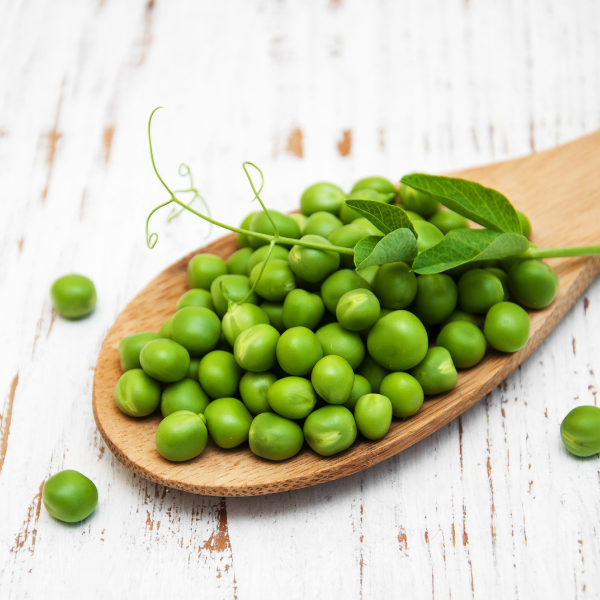
Harvesting
Most pea varieties are ready to harvest 60 to 70 days after planting. When the pod is round and has a shiny exterior, they are ready to harvest. Snap and snow snap peas can essentially be harvested at any point, but they are the tastiest when the pods have some space between peas when you squeeze them.
One thing to remember is that peas will not last very long after harvesting, so eat them quickly after harvesting. Picking developed peas often will encourage more pods to develop.
Harvesting pea pods in the morning, after the dew has dried, will increase the chances of having the crispiest crop.
Picking peas should be done with two hands. One hand holding the vine while the other pulls off the pea pod.
Make note that the pea pods that have hardened or turned a dull color, have over matured. Picking over matured peas will decrease the chance of continued yields as well.
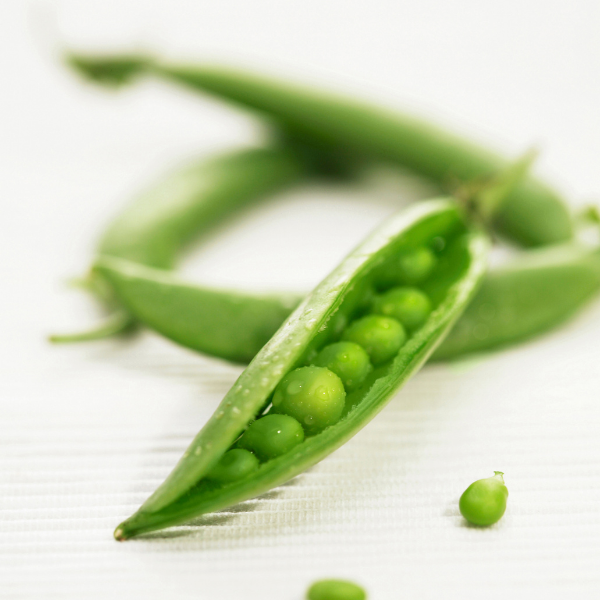
Preparing
After you are done growing peas, they can be kept in the fridge for up to 5 days. They can be frozen for longer. They should be placed in paper bags and then wrapped in plastic.
Peas can be dried in a dehydrator. Once dried, they can be stored in a sealed canister. These peas will be starchier in texture, so they make great additions to winter soups.
Peas are a versatile vegetable. They can be eaten raw. They are tasty alone, in pasta salads or as a side dish. They can also be eaten warm inside a casserole, side dish or in a soup.

